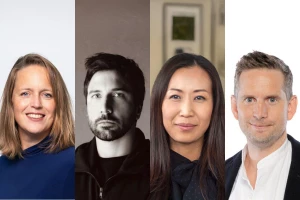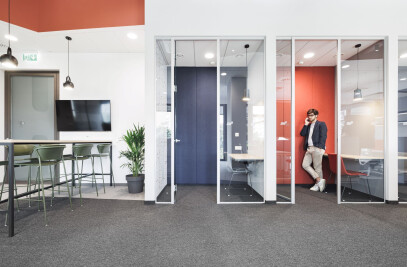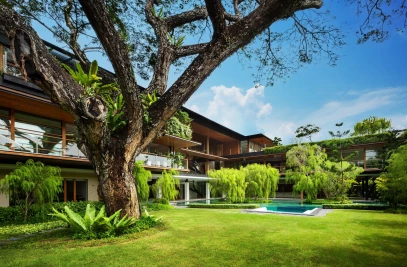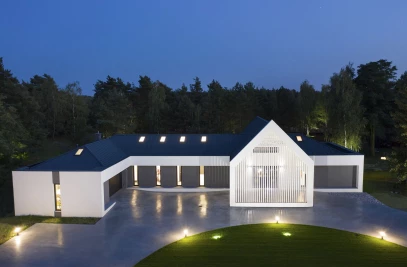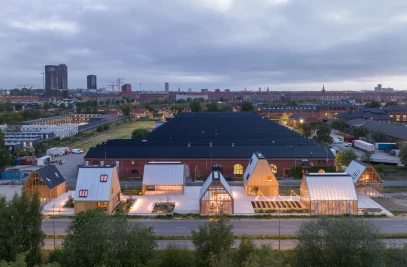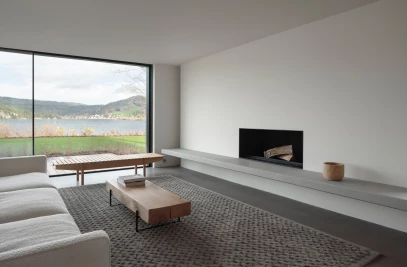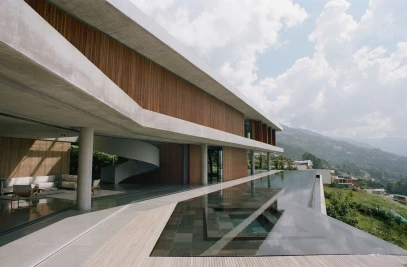Born in Burkina Faso, the Berlin-based architect Diébédo Francis Kéré aims to empower and transform marginalized communities through the process of architecture. Kéré chooses projects in countries laden with constraints and adversity. The expression of his works exceeds the value of a building itself.

“His cultural sensitivity not only delivers social and environmental justice, but guides his entire process, in the awareness that it is the path towards the legitimacy of a building in a community. He knows, from within, that architecture is not about the object but the objective; not the product, but the process.”
- Pritzker Jury

The Gando Primary School (2001), in his native village in Burkina Faso, established the foundation for Kéré’s methodology. His design approaches a dual strategy. A structure that combats the extreme heat and poor lighting conditions, and a social dimension to the design process to overcome an incertitude from within the community.

Kéré fundraised internationally, while creating local opportunities for vocational training. He fortified indegenous clay with cement to make bricks that retain cooler air with their thermal mass. A wide overhanging roof lets the heat escape resulting in ventilation without mechanical intervention of air conditioning.

The project was so successful the student body blew up from 120 to 700 students and it catalyzed further developments of Teachers’ Housing (2004), an Extension (2008) and Library (2019).

“In a world in crisis, amidst changing values and generations, he reminds us of what has been, and will undoubtedly continue to be a cornerstone of architectural practice: a sense of community and narrative quality, which he himself is so able to recount with compassion and pride. In this he provides a narrative in which architecture can become a source of continued and lasting happiness and joy.”
- Pritzker Jury

The strength of his work in primary and secondary schools generated institutions that demonstrate the power of materiality rooted in place. The Startup Lions Campus (2021, Turkana, Kenya) makes use of local quarry stone and stacked towers for passive cooling that minimizes the air conditioning required to protect technology equipment. The Burkina Institute of Technology (Phase I, 2020, Koudougou, Burkina Faso) repurposes overhanging eucalyptus to line the angled corrugated metal roofs, which protect the building during the country’s brief rainy reason, and collects rainwater underground to irrigate mango plantations on the premises.

“In a world where architects are building projects in the most diverse contexts – not without controversies – Kéré contributes to the debate by incorporating local, national, regional and global dimensions in a very personal balance of grass roots experience, academic quality, low tech, high tech, and truly sophisticated multiculturalism.”
- Pritzker Jury



















